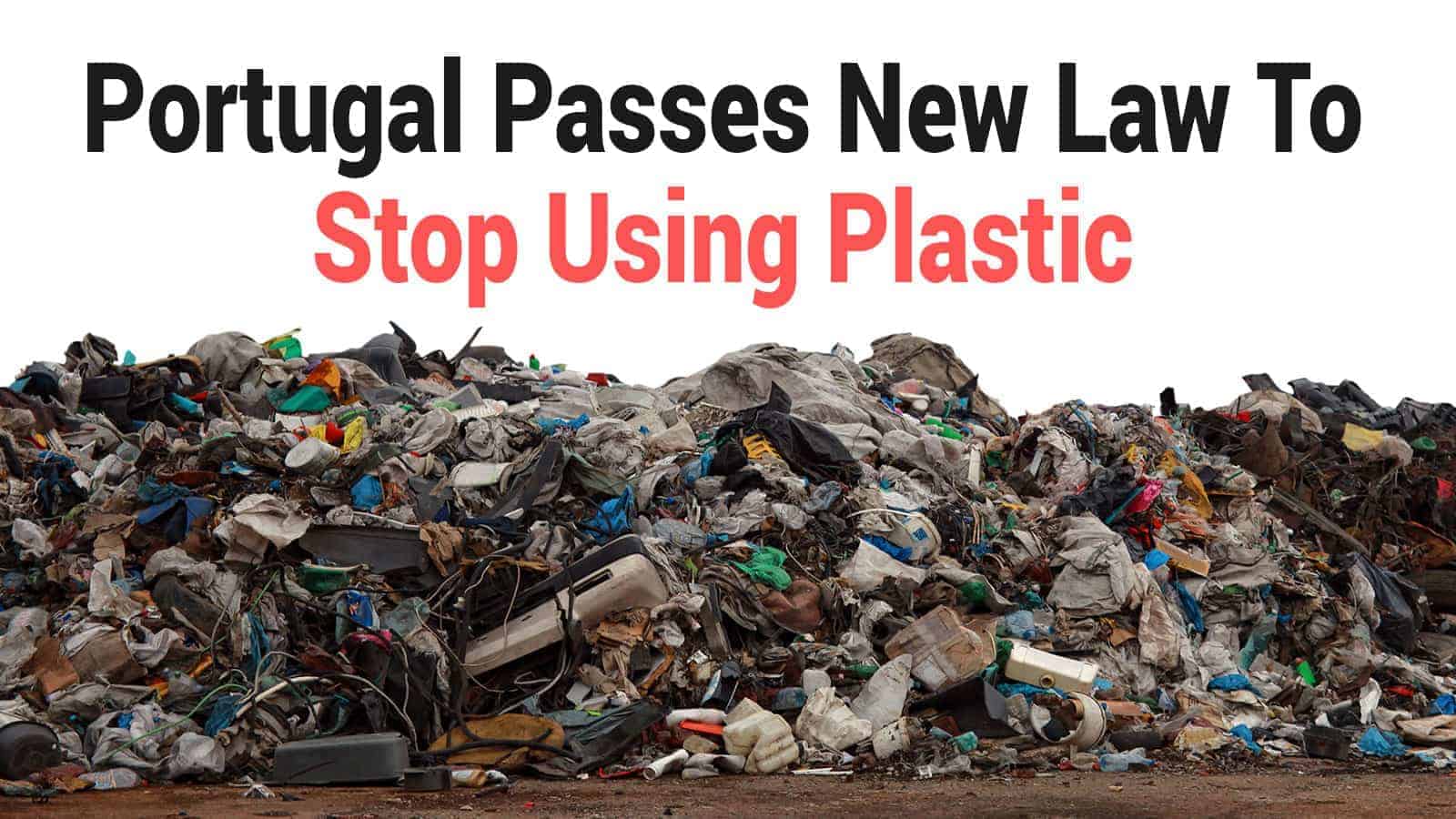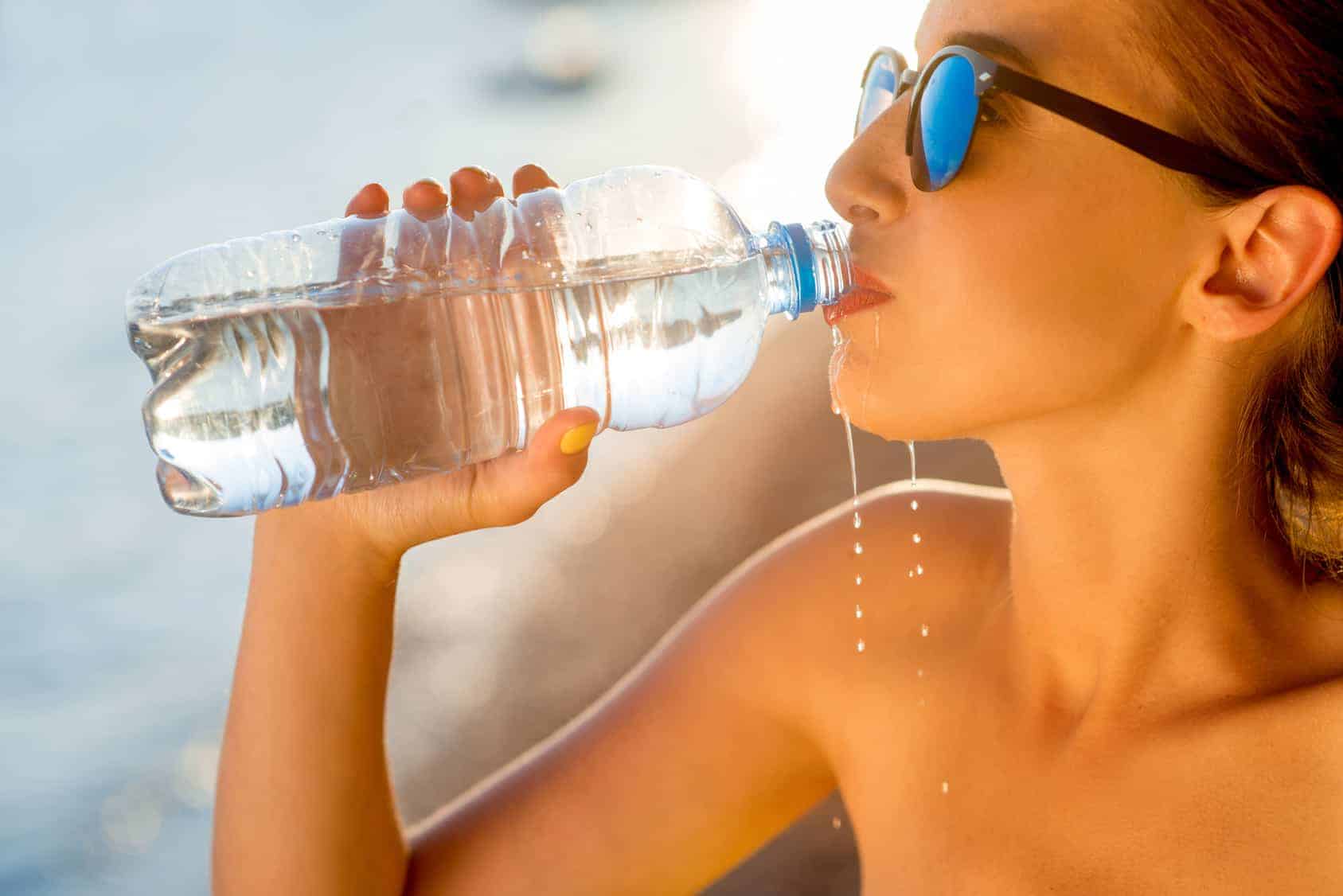Bottled water is a $35 billion worldwide industry, and the United States is the largest consumer of these products. You can bet that this billion-dollar industry has a lot at stake to keep you hooked on the bottle.
Health and safety are definitely a concern for people who drink bottled water. However, in some cases, laws for regulating the safety of tap water are more stringent than those for the bottled water industry. Under the Safe Drinking Water Act, citizens can demand to know the quality of public drinking water. Still, the consumer’s right to know does not extend to commercially produced bottled water at this time.
Why You Should Stop Drinking Bottled Water Forever
Let’s examine why you should ditch drinking bottled water for good.
1 – Bacteria levels
According to the Natural Resources Defense Council website,
- City tap water can have no confirmed E. coli or fecal coliform bacteria (bacteria that indicate possible contamination by fecal matter). FDA bottled water does not have to follow these rules.
- City tap water from surface water must be filtered and disinfected. There are no federal filtration or disinfection requirements for commercial operations.
- Commercial bottling plants must test for coliform bacteria just once a week; engineers test big-city tap water one hundred or more times a month.
Natural mineral water usually flows from springs and occasionally from borehole sources. Various organisms, including coliforms, can be found in mineral water and will survive for a considerable length of time, particularly in uncarbonated water supplied in plastic bottles or bottled by hand. Drinking bottled water has recently been identified as a possible risk factor for Campylobacter infection acquired abroad.
 2 – The environmental and economic cost of bottled water
2 – The environmental and economic cost of bottled water
According to the Pacific Institute, a global sustainable water think tank, producing water bottles for American consumption in 2006 required the equivalent of more than:
- 17 million barrels of oil, not including the energy for transportation.
- The process of bottling produced more than 2.5 million tons of carbon dioxide.
- It took 3 liters of water to produce 1 liter of final, sellable product.
Although recycling is widely available, only one out of every seven discarded units ends up in recycling plants. Most end up in landfills; unfortunately, some end up as litter on our planet. Lying there exposed to the elements, they take 450 to 1000 years to degrade.
Financially, we spend thousands of times the amount of money on bottled water than we would on tap water. The typical gallon of water for a household costs only a penny. Ever wish you had more money? Quit spending it on bottled water, and you could save your family hundreds of dollars per year.
3 – Plastic in our water
Petroleum products and other chemicals go into manufacturing the plastics used for bottling. Depending on the production methods used and the storage conditions for the bottled water product before you purchase it, the plastic container can begin to degrade, causing plastic compounds to leak into the water.
The plastic chemical compounds found in the containers include bisphenol A (BPA), nonylphenol (NP), tert-octylphenol (tOP), dimethyl phthalate (DMP), diethyl phthalate (DEP), di-n-butyl phthalate (DBP), butyl benzyl phthalate (BBP), di(2-Ethylhexyl)phthalate (DEHP) and di(n-octyl)phthalate (DNOP). A study found that “Most of these compounds were detected in bottled water from different brands purchased from local market.”
You may have heard by now that bottled water manufacturers are discontinuing bottles containing BPA due to public pressure. This is because studies have shown that the plastic compound can leak into the water. BPA acts like a hormone in our bodies linked to a higher rate of breast cancer.
4 – Better water purity is a myth
Many people prefer bottled water’s convenience, taste, and perceived cleanliness. Consumers believe that they are getting better quality than tap water. This is despite reports of many quality contamination incidents with commercial products.
In one study of bottled water versus tap water, bacteria levels were higher in most of the bottled water samples taken than they were for the tap water. In some cases, the bacteria was much higher than the tap water.
The researchers say that “The 15 samples of bottled water that were not as pure as tap water contained significantly more bacteria. Of those 15 samples, the bacterial counts were more than twice that of the most contaminated tap water sample drawn from the water plants to almost 2000 times that of the highest tested tap water sample.”
Final Thoughts: Alternatives to these bottled water products
A stainless steel, insulated, wide-mouth thermos is a sustainable way to carry your own water with you. The insulation keeps your drink cool or hot, and the wide mouth lets you clean it more easily. Handwash your thermos every other day with a stiff-bristled brush, warm water, and a bit of anti-bacterial soap to keep it fresh and germ-free.
You can find a link to your own local tap water quality Consumer Confidence Report through the Environmental Protection Agency’s link. You can also purchase a water quality tester that will allow you to test the water quality in dissolved solids parts per million for your home tap water. Home filtration systems will give you an even more purified water source at your tap.




















